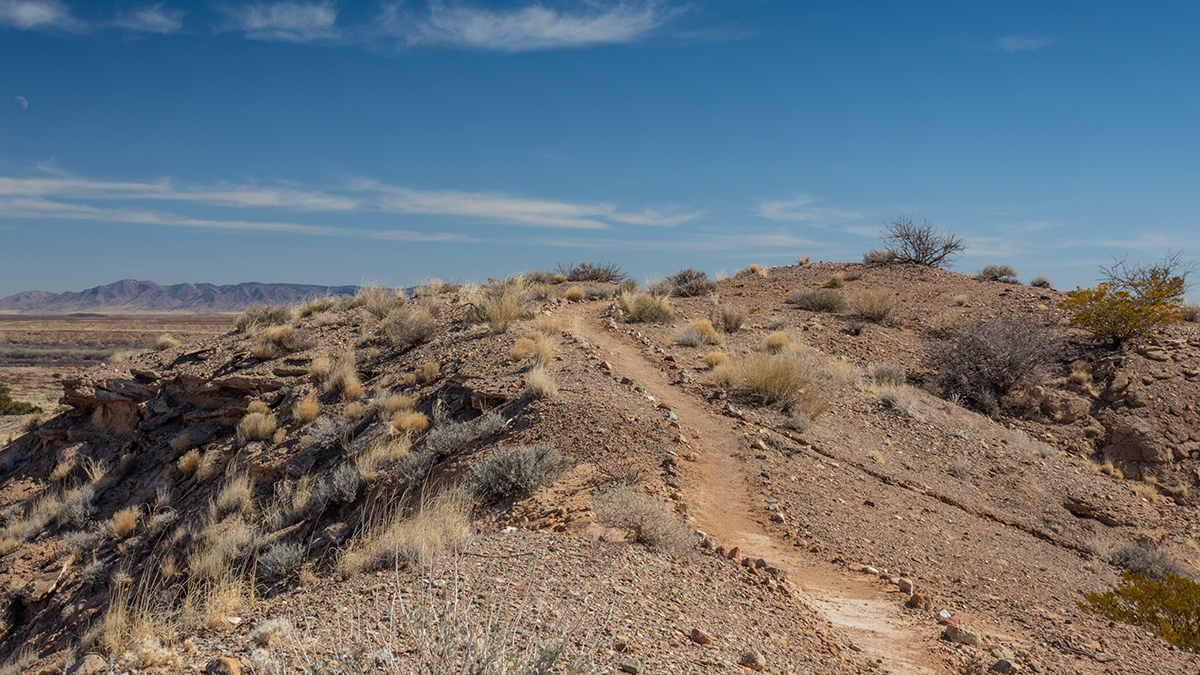Rare earth element tracers provide insight into how fire and wind transport influence the vegetation state of the world’s drylands.
New Mexico
Posted inNews
Drone Rules Make Tracking Down Faults a Difficult Feat
Regulations differ from country to country, but on one point, they’re relatively uniform: Drones must remain within their operators’ line of sight. How do earthquake scientists collect drone data while working within the rules?


